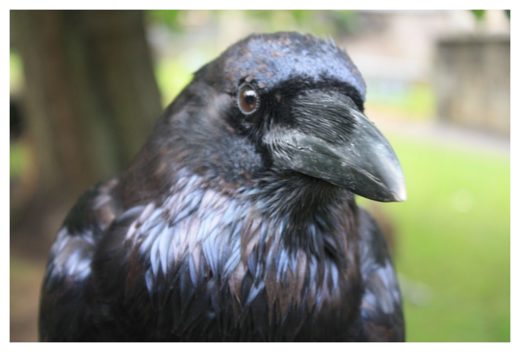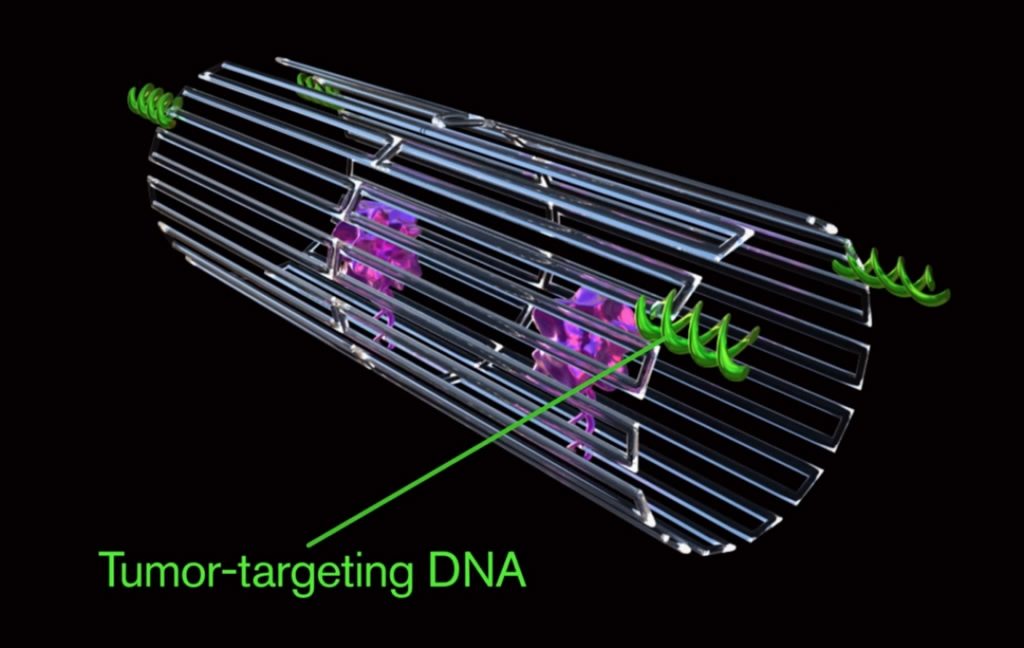
© Stephencdickson/WikipediaA common raven, in its own way reconfiguring Darwinian thought.
A new study of the genetic make-up of ravens has revealed a startling and little-known side to evolution - "reverse speciation". And as science gradually becomes more aware of this phenomenon, researchers are finding it popping up everywhere, including in humans.
In 1837 (or possibly 1838) Charles Darwin sat aboard
HMS Beagle and in his diary sketched the first evolutionary tree, depicting a single species branching out to become many, a visual representation of his ideas about descent with modification. This image is central to the modern understanding of evolution and the generally held belief that the most important evolutionary phenomenon is
speciation - the forming of new species from a parent species.
But this might not be the whole story.
Scientists are beginning to suspect that the evolutionary histories of some organisms aren't all about endless branching and speciation. Rather, some organisms have "reticulated histories", meaning their lines of descent form a network, with lineages occasionally coming together.This, at least, is the conclusion of recent research on the North American common raven (
Corvus corax)
published in the journal Nature Communications. Lead author Anna Kearns, a postdoctoral researcher at the Smithsonian Centre for Conservation Genomics in Washington DC, US, builds on years of research by her colleagues and co-authors to demonstrate that two lineages of common ravens have actually come together to form a new hybrid, which in certain places is replacing both parent species. This is known as "reverse speciation"'.


Comment: Could this disease have been cooked up in a lab as an experiment in bio-warfare? Given the chaotic and horrific circumstances in Syria, it's not easy to say one way or the other. If it is such an instance, it would be highly unlikely that Iran would release such a weapon on its neighbors given their close geographic proximity.